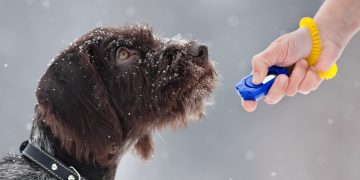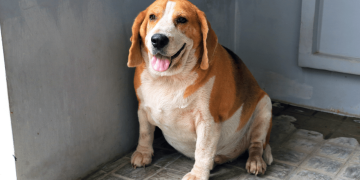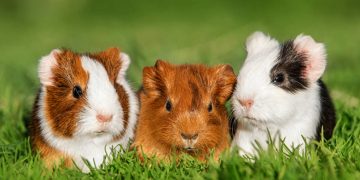German Shepherds, renowned for their intelligence, loyalty, and versatility, are a popular breed of dogs. However, one aspect that owners need to be aware of is shedding. Like many double-coated breeds, German Shepherds undergo shedding cycles throughout the year. In this article, we will explore the shedding patterns of German Shepherds and provide valuable insights into the months when they shed the most.
1. The Double Coat of German Shepherds
German Shepherds have a double coat consisting of a dense, thick undercoat and a longer, coarser outer coat. This double layer provides insulation and protects them from various weather conditions. Shedding is an essential process for maintaining the health of their coats.
2. Factors Influencing Shedding
Several factors influence the shedding patterns of German Shepherds. These include genetics, climate, individual variation, nutrition, overall health, and hormonal changes. While shedding is a natural process, certain conditions can exacerbate it or cause irregular shedding.
3. Seasonal Shedding
German Shepherds typically experience two major sheds per year, commonly referred to as “blowing their coat.” These seasonal sheds occur in response to changes in daylight and temperature.
a. Spring Shedding
During spring, German Shepherds shed their winter coat to prepare for warmer weather. This shedding phase helps them adapt to rising temperatures by getting rid of their thick undercoat. Spring shedding usually begins around March and lasts for several weeks.
b. Fall Shedding
In preparation for colder weather, German Shepherds shed their summer coat during fall. This process enables them to grow a thicker undercoat that provides better insulation. Fall shedding typically starts around September and may continue for a few weeks.
4. Non-Seasonal Shedding
Apart from seasonal shedding, German Shepherds may also experience non-seasonal shedding throughout the year. Non-seasonal shedding can occur due to various factors, including stress, allergies, dietary changes, hormonal imbalances, or underlying health issues. It is crucial to monitor and address any excessive or abnormal shedding, as it may indicate an underlying problem.
5. Managing German Shepherd Shedding
While shedding is a natural process and cannot be entirely eliminated, certain measures can help manage it effectively.
a. Brushing: Regular brushing is essential to keep shedding under control. Using a high-quality brush or grooming tool designed for double-coated breeds helps remove loose hairs and prevents them from spreading around the house. Aim to brush your German Shepherd at least once or twice a week, increasing the frequency during shedding seasons.
b. Healthy Diet: Providing a balanced diet rich in essential nutrients promotes overall coat health and reduces excessive shedding. Consult with your veterinarian to determine the best diet for your German Shepherd’s specific needs.
c. Bathing and Moisturizing: Regular bathing helps remove loose hairs and keeps the coat clean. However, excessive bathing can strip away natural oils from the skin, leading to dryness and increased shedding. Use a moisturizing shampoo specifically formulated for dogs and follow up with a conditioner to maintain coat health.
d. Hydration and Supplements: Ensuring your German Shepherd stays hydrated is vital. Additionally, omega-3 fatty acid supplements like fish oil can promote healthy skin and coat, reducing shedding.
e. Regular Vet Check-ups: Routine visits to the veterinarian allow for early detection and treatment of any underlying health conditions that may contribute to excessive shedding.
Conclusion
German Shepherds are known for their striking appearance and remarkable working abilities. Understanding their shedding patterns is essential for responsible ownership. While German Shepherds undergo shedding throughout the year, their most significant shedding periods occur during spring and fall. By implementing proper grooming techniques, providing a balanced diet, and addressing any health concerns promptly, you can effectively manage shedding and help your German Shepherd maintain a healthy coat all year round.























































